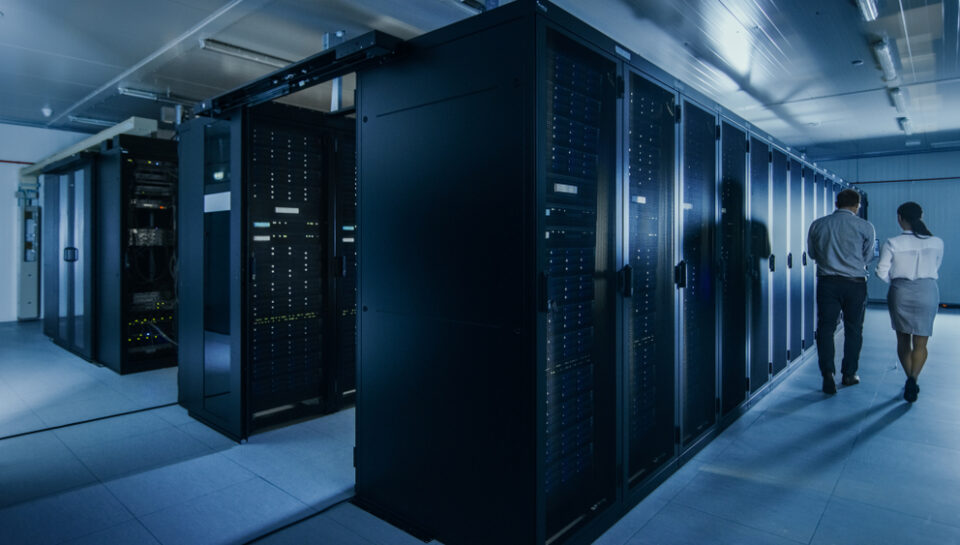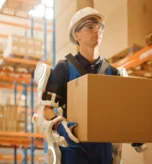Imagine waking up in a world where nobody goes hungry. Where getting sick is rare. Where work means doing what you love, not what you must. This isn’t a fairy tale. It’s what happens when we automate the right things in the right way.
To reach this future, we need to build seven major systems. Think of them as pillars holding up a better world. Each one is amazing by itself. Together, they create abundance for everyone.
The First Pillar: The Planetary Mind
Today’s internet is like a baby’s first words compared to what’s coming. We’ll need 100,000 giant computer centers spread across Earth and space. Some will sit deep underground, staying cool naturally. Others will float in space, powered by pure sunlight. Even more will rest on the ocean floor or in the arctic cold.
But the real magic happens at the edges. Imagine every object around you having a tiny brain. Your shirt knows when it needs washing. Your fridge orders milk before you run out. Trillions of smart devices work together like brain cells, making life smoother without you noticing. Above it all, artificial intelligence systems make sure everything runs perfectly. Not one big AI, but millions of specialized ones. Some run cities. Others manage farms. Together, they handle the boring stuff so humans can focus on what matters.
The Second Pillar: Energy Without Limits
Everything needs power, and our future needs lots of it. The solution starts in space, where giant solar panels collect eight times more energy than Earth panels. They beam power down as invisible waves, like super WiFi for electricity. No wires needed.
Back on Earth, we finally crack fusion power. One glass of seawater contains enough fusion fuel to power a house for a year. These new reactors are safe and small enough to power single cities. Add better nuclear plants that eat their own waste, and energy becomes almost free. When energy is cheap, everything else gets cheap too. Making fresh water from the ocean. Recycling any material. Pulling carbon from the air. It all becomes easy.
The Third Pillar: Manufacturing at the Speed of Thought
Factories stop looking like factories. No workers, no lights, running all day and night. They can switch from making phones to making medicine in minutes, reshaping themselves like living things. The real change happens in homes. Every family has a fabricator, like a super 3D printer. Break a toy? Drop it in the recycler. It breaks down to atoms that become your next creation.
At the tiniest level, molecular machines build things atom by atom. They make materials stronger than diamond and devices smaller than germs. Products fix themselves when damaged. Nothing gets thrown away because everything can become something new.
The Fourth Pillar: Motion Without Friction
Imagine every vehicle on Earth dancing together. Cars weave through cities at high speed but never crash. They can’t crash because each one knows where every other vehicle is going. Traffic jams disappear forever. City transportation goes 3D with flying cars in organized air lanes and underground pods zooming through vacuum tubes.
For long trips, hyperloops and supersonic flight connect cities. New York to Los Angeles takes 45 minutes. London to Beijing takes two hours. Going to space becomes as normal as flying is today. Cheap rockets make the Moon and Mars feel as close as other countries. The whole solar system opens up for business.
The Fifth Pillar: Biology as Technology
Your personal AI doctor never sleeps. It watches your health through thousands of tiny sensors, catching problems before you feel sick. Cancer gets spotted when it’s just a few cells. Heart disease gets prevented before it starts. Aging itself becomes just another problem to solve.
When bodies need repair, we grow new parts from your own cells. Blind people see again through electronic eyes. Paralyzed people walk with robotic nerves. Athletes run faster with improved muscles. Humans regularly live past 150 years, maybe much longer. Death becomes a choice, not a certainty, as we learn to backup and transfer consciousness itself.
The Sixth Pillar: Planetary Homeostasis
Earth becomes a garden we tend with care. Machines pull extra carbon from the air, ending climate change. Weather control systems stop hurricanes before they form. The oceans get cleaned by robot ships that remove plastic and monitor fish populations. Every forest is watched and protected.
Water never runs short because we can cheaply turn seawater fresh. Extinct species come back through careful breeding. Forests regrow through drone swarms that plant millions of trees daily. The planet heals while humans thrive.
The Seventh Pillar: Collective Intelligence
Running the world gets easier when everyone can participate. Instead of voting every few years, people share ideas daily. The best ideas rise to the top no matter who suggests them. Computers test each idea thousands of times before trying it for real.
Money works differently when robots make everything. Most things become free or nearly free. People work because they want to create, not because they need to eat. Everyone learns at their own pace with AI teachers. Language barriers vanish with instant translation. Humanity starts thinking as one big brain made of billions of creative minds.
The Dawn of Abundance
These seven pillars work together like a growing spiral. Better computers design better factories. Better factories make cheaper energy. Cheaper energy enables better medicine. Longer lives create more knowledge. More knowledge improves everything. The cycle speeds up until scarcity itself becomes scarce.
The cost seems huge until you see the payoff. Energy prices drop 95%. Making things costs 90% less. Healthcare gets 80% cheaper while working better. Travel costs almost nothing. Everyone becomes effectively wealthy, not by having more money but by needing less of it.
The biggest change isn’t in our wallets but in our lives. When machines handle survival, humans handle meaning. Work becomes play. Learning becomes living. The dream of paradise arrives not through magic but through systematic problem solving.
This future is already starting. Quantum computers calculate in labs. AI beats humans at more tasks daily. Robots improve every month. Fusion reactors finally work. 3D printers get better. Electric cars spread everywhere. Life spans stretch longer.
The question isn’t if this happens but when. Will we build abundance in 50 years or wait 150? Will we embrace automation or fear it? Will we stay trapped thinking small or dare to think big?
Somewhere in 2089, a young girl wakes to a perfect room temperature, eats a perfectly nutritious breakfast, and travels safely at 500 miles per hour. To her, it’s just Tuesday. The miraculous has become mundane. But between now and then, we have work to do. Seven pillars to build. A better world to create.
The future belongs to those who build it. And the choice is ours to make.




